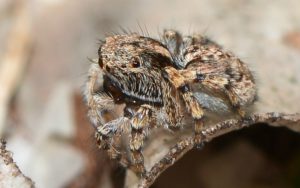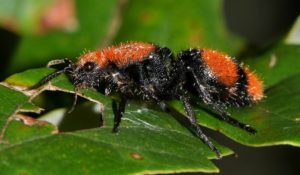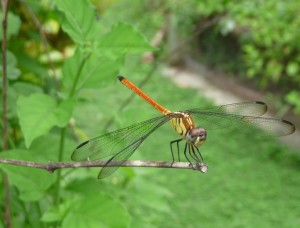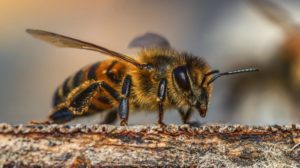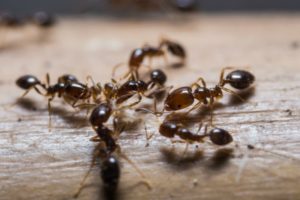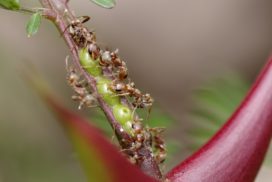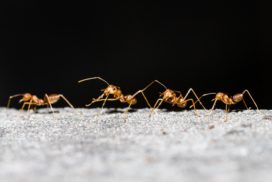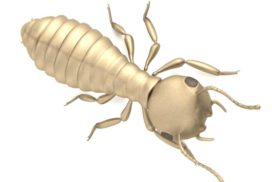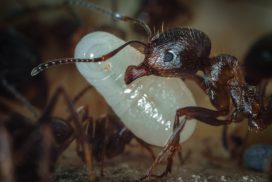WHAT ROLE DO RED ANTS PLAY IN THE PROCREATION OF BLUE BUTTERFLIES IN WESTERN EUROPE?
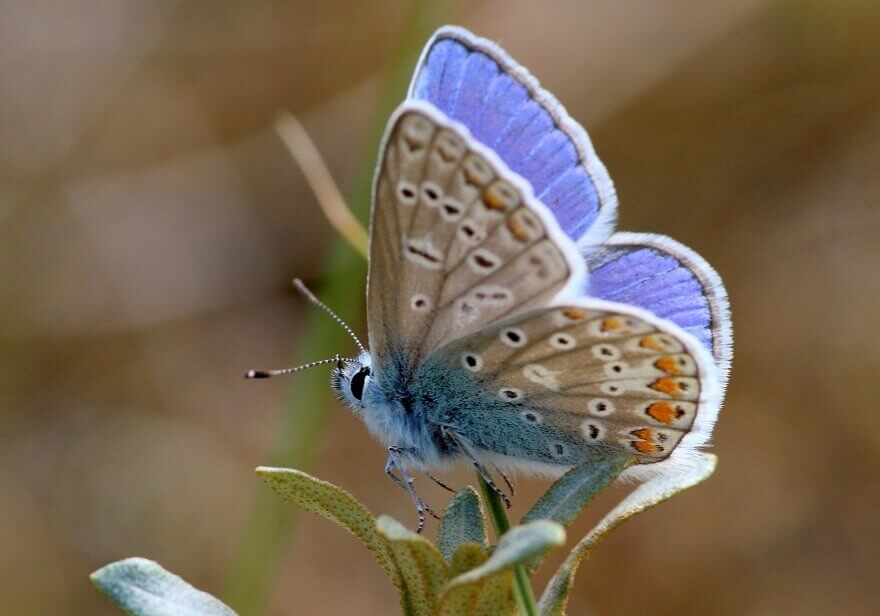
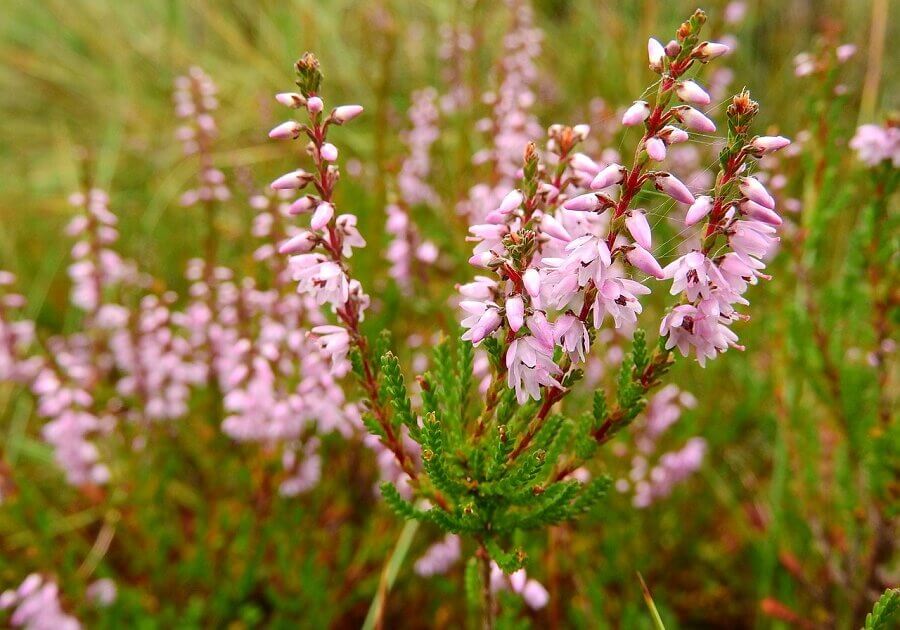
Blue butterflies are attracted to the flowering bog heather and the flowers of the blue marsh gentian, the former for its nectar and the latter as potential hosts for their eggs. After mating, the blue butterfly deposits a few eggs inside a flower. According to an article in AWAKE!, the eggs hatch 4-10 days later, and the emerging caterpillars feed on the plants for 2-3 weeks. The caterpillars lower themselves right in the path of red ants, timing the evening hours when the ants come out to look for food. The red ants tow the caterpillars into their nest and care for them instead of killing them. Why?
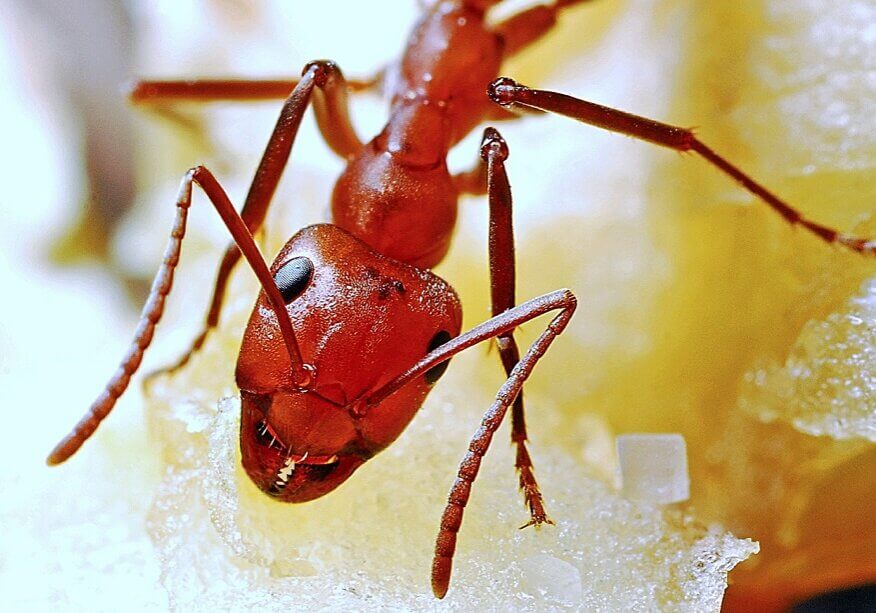
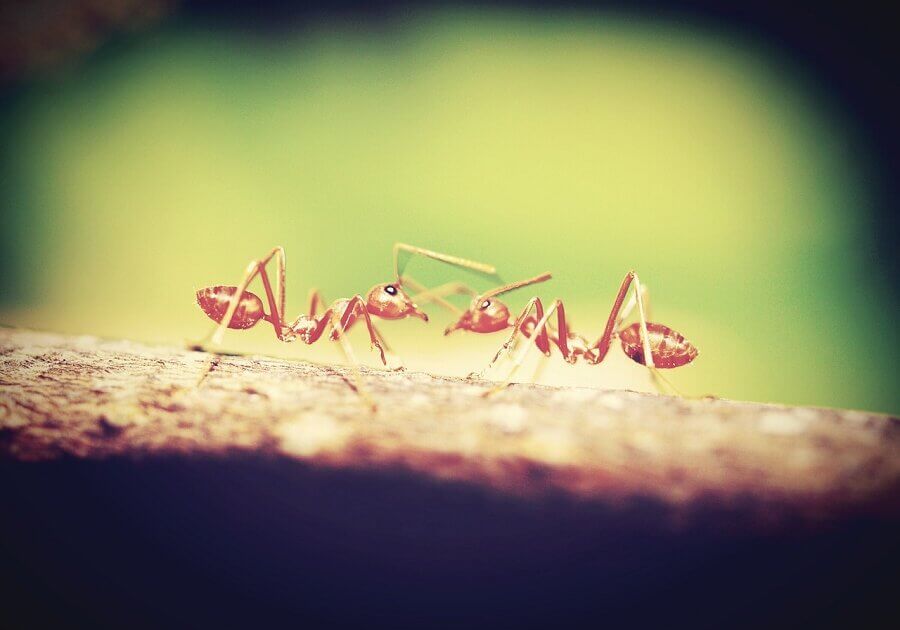
The red ants regularly milk them for their honeydew. The caterpillars live in the ants' nest for almost a year, the milking continuing through the pupal stage. When the pupa turns into a butterfly, it becomes an intruder and must leave the nest. The timing is interesting: it takes go early in the morning when the ants are not very active. A few days after that the newly formed blue butterfly starts laying eggs, starting the cycle for the next generation of butterflies. The above is an example of how butterflies, plants, and ants cooperate with each other for survival.
Recent posts
Join us on social media or subscribe!
Sign up to receive our articles in your inbox!
Enter your name and email address below to subscribe.

